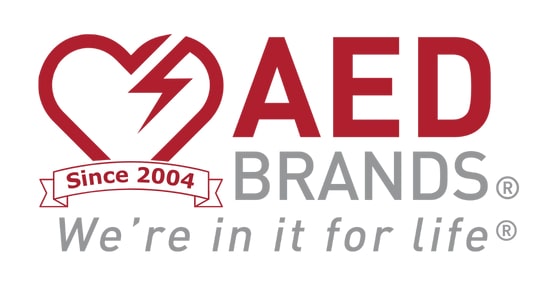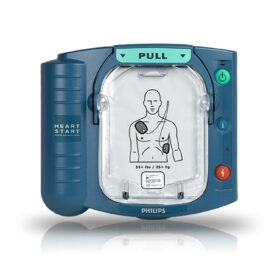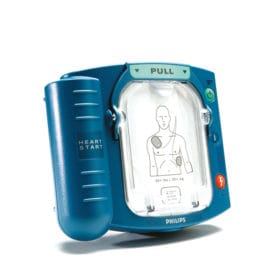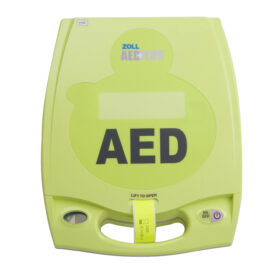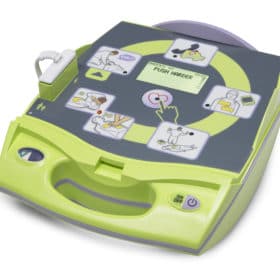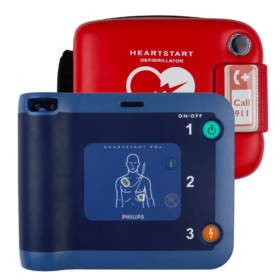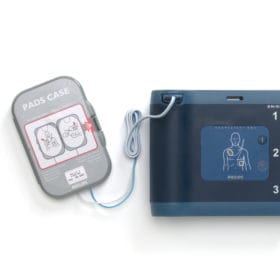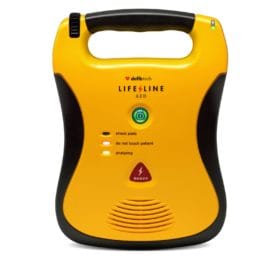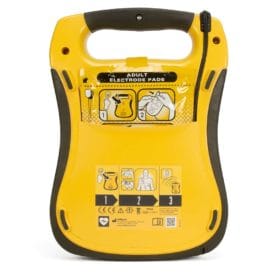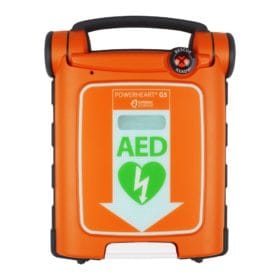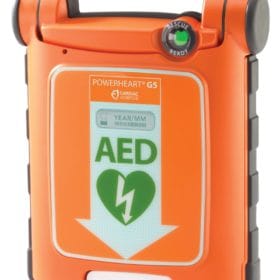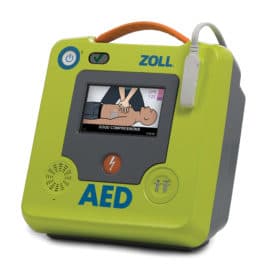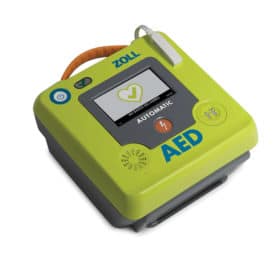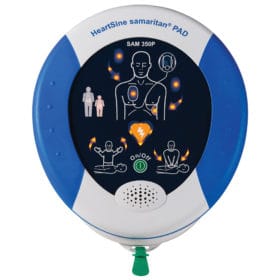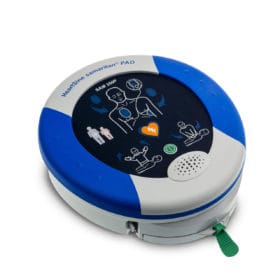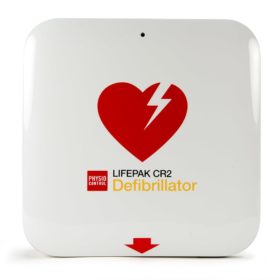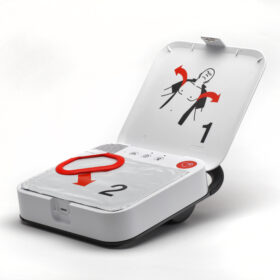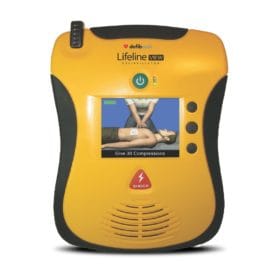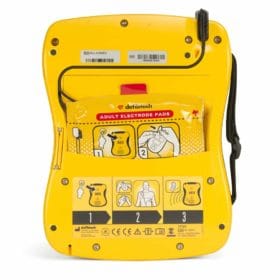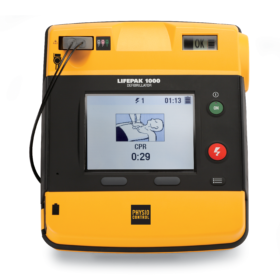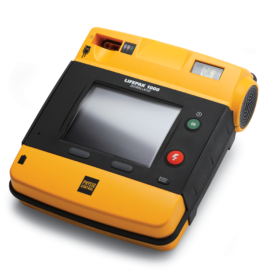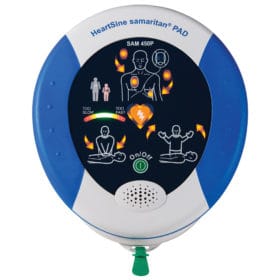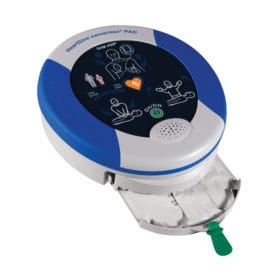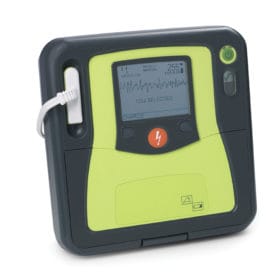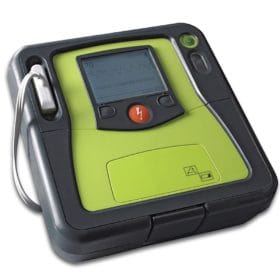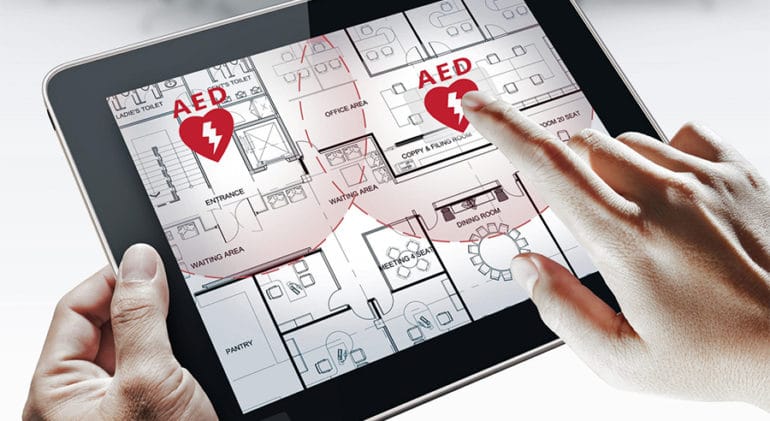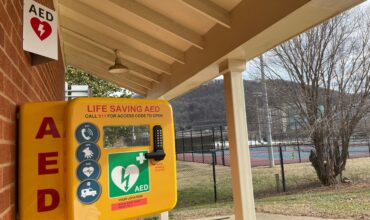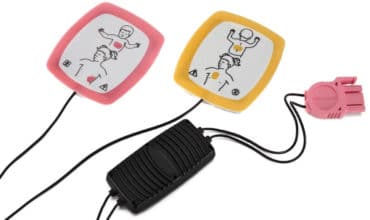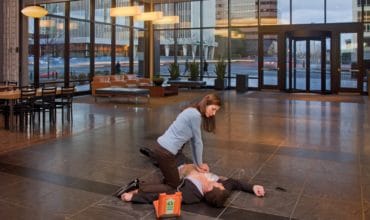
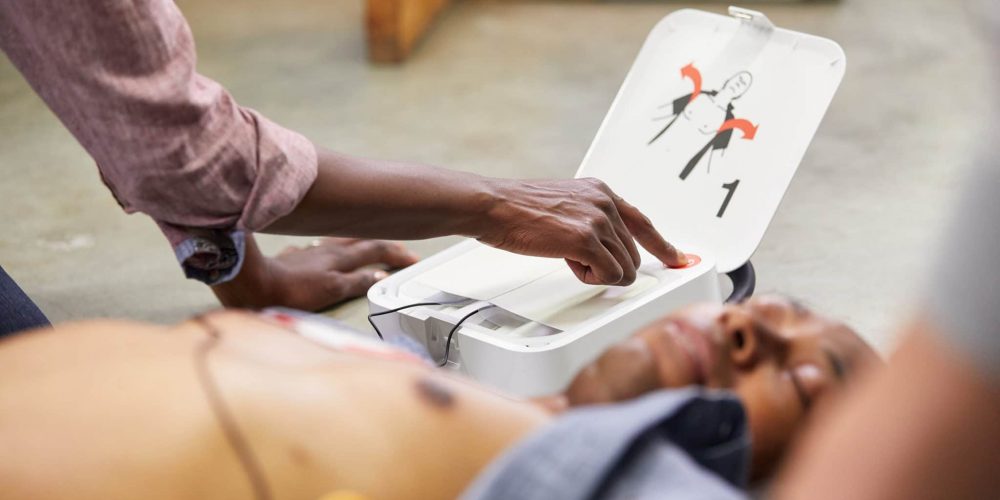
Let's Breakdown how an AED works and What it is Used for
An automated external defibrillator (AED) is a portable device that can be used to treat sudden cardiac arrest (SCA) by delivering an electric shock to the heart. When someone is in SCA, their heart is no longer able to pump blood effectively, which can lead to death if not treated within a few minutes. An AED is designed to be used by laypeople and is typically found in public places such as airports, malls, and schools.
To use an AED, the operator first turns on the device and follows the instructions provided by the device’s onboard computer. This typically involves placing the AED’s adhesive pads on the person’s chest and connecting them to the device.
The machine then analyzes the person’s heart rhythm and determines if a shock is needed. If a shock is needed, the AED will instruct the operator to press a button to deliver the shock.
The electric shock delivered by an AED is intended to restore the heart’s normal rhythm. When the shock is delivered, the person’s body may briefly convulse, but this is a normal part of the defibrillation process.
After the shock is delivered, the device will typically instruct the operator to perform CPR until emergency medical help arrives.
How Have AEDs Evolved Over Time?
The automated external defibrillator (AED) was invented as a result of research into the treatment of sudden cardiac arrest (SCA). SCA is a condition in which the heart suddenly and unexpectedly stops beating, and it is a leading cause of death worldwide. In the early 1950s, researchers began to explore the use of electric shocks to the heart as a way to restore a normal heart rhythm in people who were experiencing SCA.
Over the next few decades, researchers continued to develop and refine the technology needed to make defibrillation more widely available. In the late 1980s, the first portable AEDs were developed, and they were initially used only by trained medical professionals.
As the technology continued to improve, AEDs became smaller, more portable, and easier to use. This made it possible for laypeople to use AEDs in emergency situations. Today, AEDs are commonly found in public places such as airports, malls, and schools, and they are an important tool in the Chain of Survival for SCA.
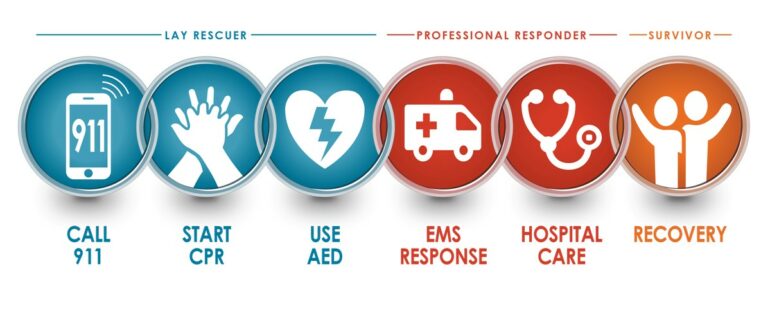
What is the Sudden Cardiac Arrest Chain of Survival?
The sudden cardiac arrest (SCA) chain of survival is a set of steps that should be followed to increase a person’s chances of survival after experiencing SCA. These steps are:
- Early recognition and activation of the emergency response system: Recognizing the signs of SCA and calling for help immediately is critical. The emergency response system should be activated as soon as possible.
- Call 911: Designating one person to call emergency responders is a fundamental step in saving the life of an SCA victim.
- Early cardiopulmonary resuscitation (CPR): CPR can help to keep blood and oxygen flowing to the person’s brain and other vital organs until emergency medical help arrives.
- Early defibrillation: Using an automated external defibrillator (AED) to deliver an electric shock to the heart can help to restore a normal heart rhythm in some cases of SCA.
- Early advanced care: Once emergency medical help arrives, the person should be transported to a hospital where they can receive advanced care, such as medication to restore a normal heart rhythm and support for other organ systems.
By following the SCA chain of survival, it is possible to increase a person’s chances of survival after experiencing SCA. It is important to note that each of these steps is equally important and should be performed as quickly as possible.
5 Fast Facts about Ventricular fibrillation (V-Fib)
- Ventricular fibrillation (VF) is a type of abnormal heart rhythm in which the ventricles of the heart quiver instead of contracting in a coordinated way. This prevents the heart from effectively pumping blood, which can lead to sudden cardiac arrest (SCA) and death if not treated promptly.
- VF is the most common cause of SCA. It is estimated that VF accounts for about 50-60% of all SCA cases.
- VF can be caused by a variety of underlying conditions, such as coronary artery disease, heart attack, and structural abnormalities of the heart. It can also be triggered by certain medications or substances, such as illegal drugs.
- The main treatment for VF is defibrillation, which involves delivering an electric shock to the heart to restore a normal rhythm. This can be done using an automated external defibrillator (AED) or by trained medical personnel using a manual defibrillator.
- VF can be prevented by managing underlying heart conditions and avoiding substances that can trigger it. It is also important to know the signs of SCA and to be prepared to respond quickly in an emergency situation.
Final Thoughts
In summary, an AED is a portable device that can be used to treat sudden cardiac arrest by delivering an electric shock to the heart. It is designed to be used by laypeople and is often found in public places. To use a portable defibrillator, the operator simply follows the instructions provided by the device.
Let's Find The Right AED For You
0% Complete
Loading...
You're all done! See your recommended AED's below.
The best AED for your needs
Hot
Hot
Hot
Philips HeartStart FRx AED with FREE Carry Case 861304
Rated 5.00 out of 5
(1)
$2,010.00 – $2,109.00
Hot
Hot
Would you like these results sent to your email?
If so, just fill our your email address below and submit.
We value your privacy and will not share, sell or rent your personal information. View our privacy policy.
Which is the best AED for my needs?
Let us help you identify the best options using our tool, Zappy!
Cost
AEDs that are budget friendly without compromising quality and performance.
Portability (Size/Wt.)
AEDs that are compact and lightweight. Great for travel and small spaces.
Durability (Dust/Water Resistance)
AEDs with high resistance to dust and water damage. Perfect for outdoors, areas near water, vehicles, and industrial settings.
CPR Feedback
AEDs with audible and/or visual feedback on the quality of compressions given during CPR. Great for untrained responders or those with limited training.
Fully Automatic Option
No shock button. The AED will automatically deliver a shock if needed. Removes the responsibility from the user. Great for untrained responders.
Pediatric Method
A pediatric key or button eliminates the need to purchase pediatric pads.
Maintenance Cost
Cost of replacement supplies for the life of the AED.
Remote Monitor Option
This feature reports the status of the AED to a web portal. Great for large or multi-location deployments. Cuts down on administrative workload. Adds accountability and ensures readiness.
Dual Language
AEDs that can toggle between two languages. Great for deployments that have diversity. English/Spanish is the preset option. Must request for alternative languages.
Required Inspection Interval
Each state requires AED maintenance per manufacturer guidelines. Some AEDs save time by requiring inspections less frequently. Great for large or multi-location deployments.
Share
Share on facebook
Share on twitter
Share on linkedin
AED Brands
Implementation Guide

